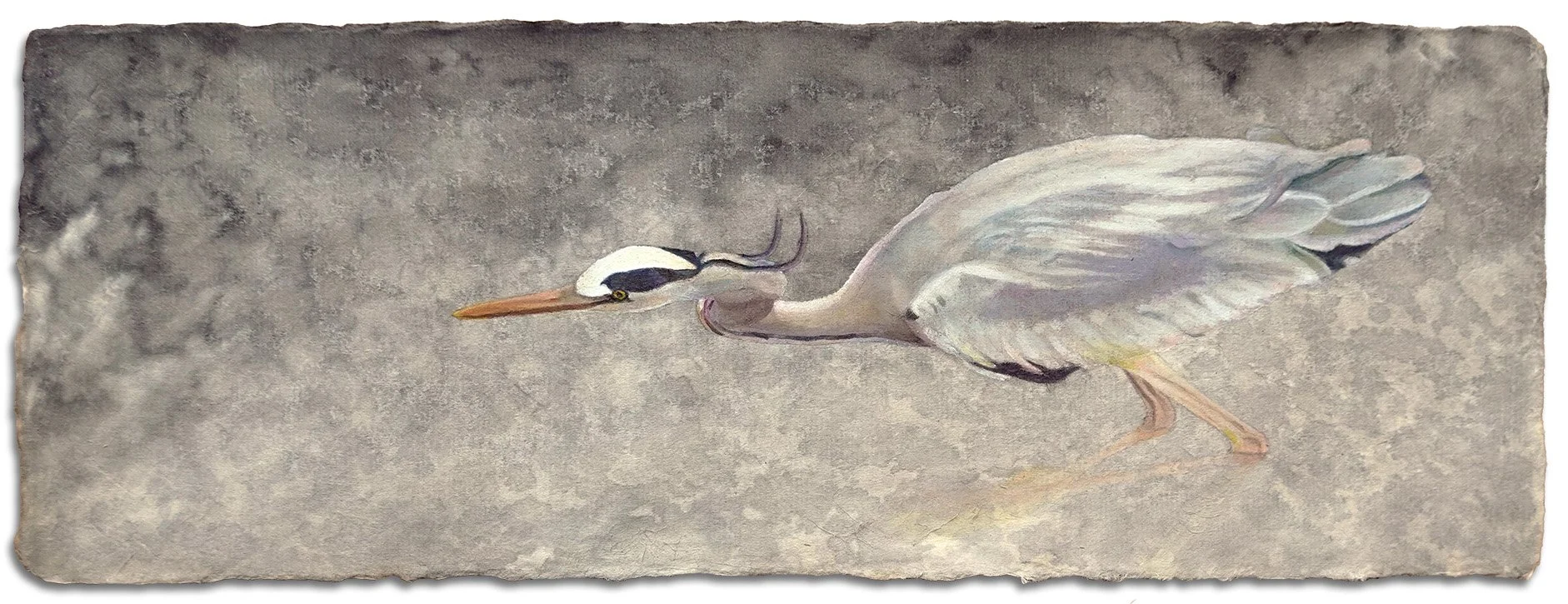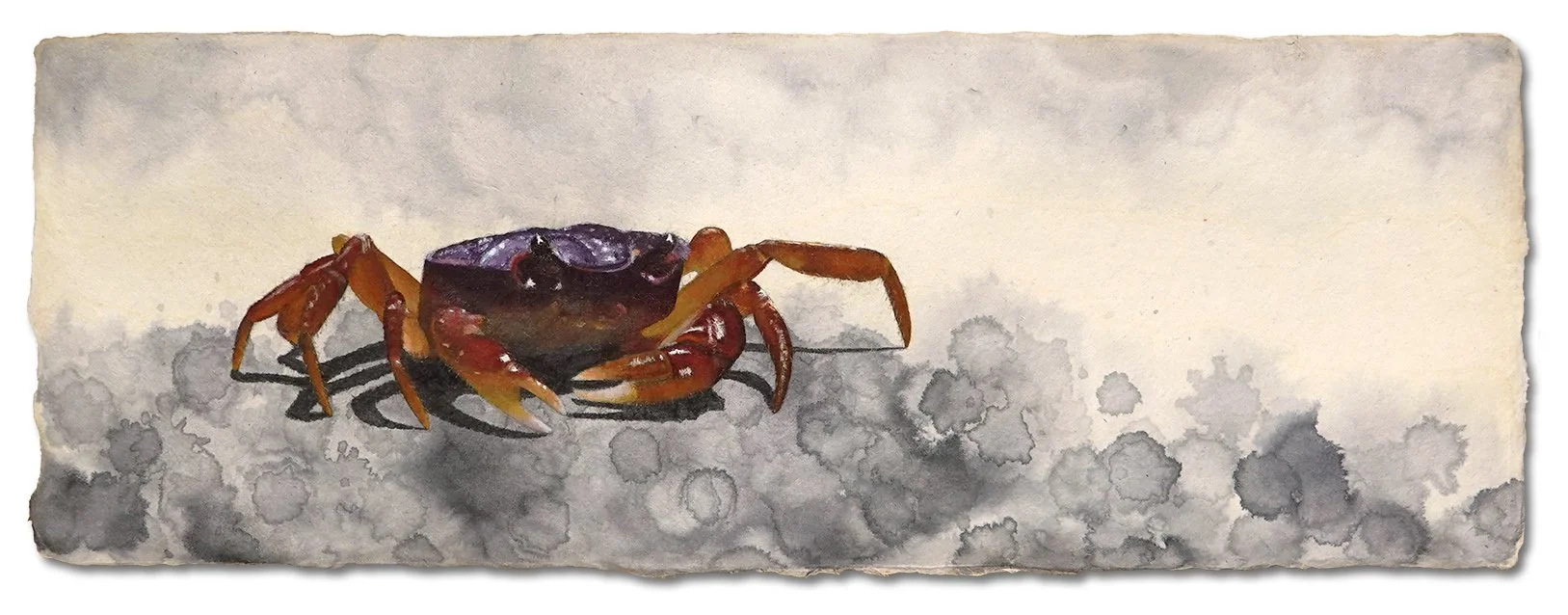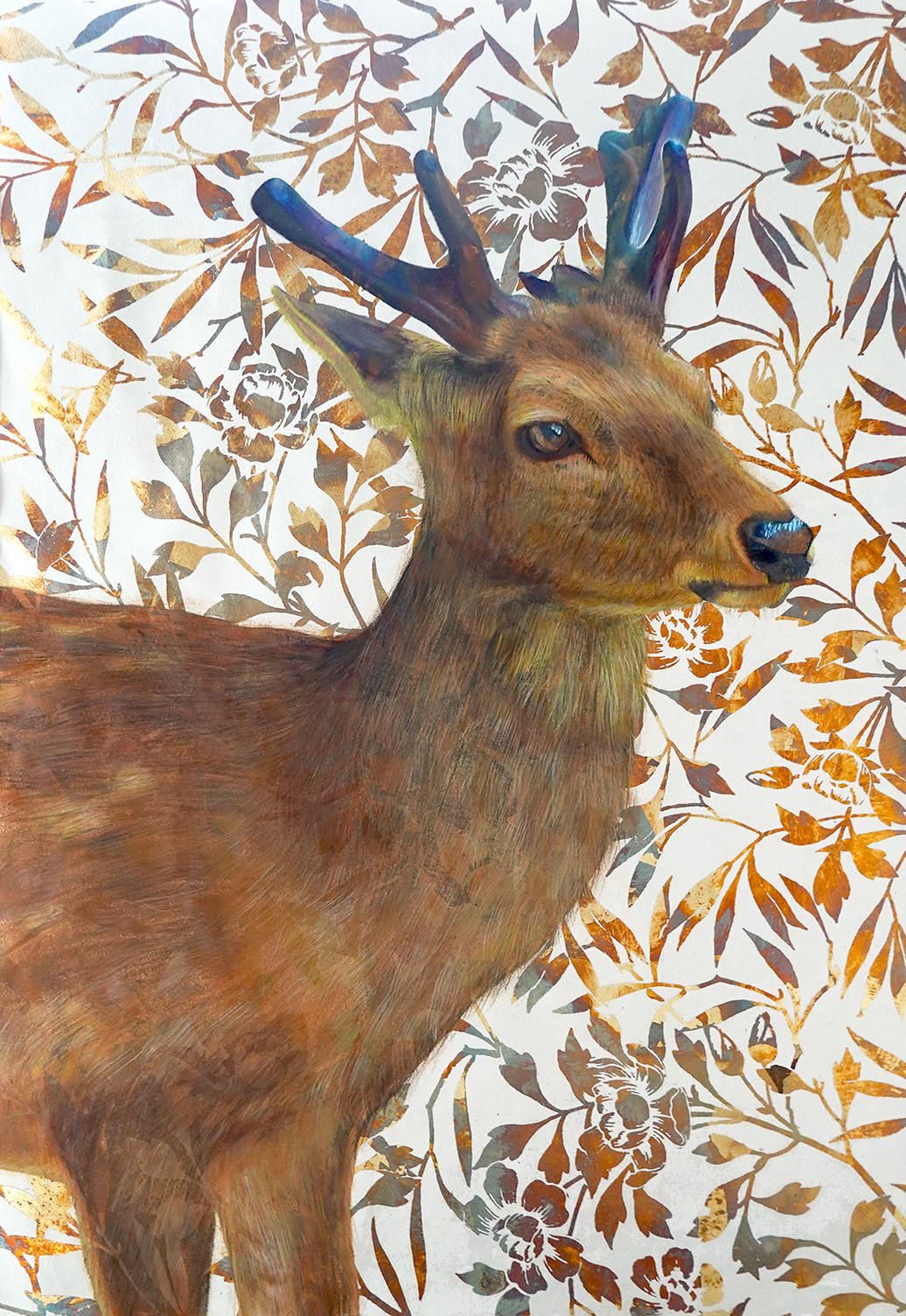On my first full day in Tokyo, I went to a beetle pet shop called Mushisha. There are some beautiful native beetles in Japan that children capture and keep as pets, and that interest has cultivated a variety of beetle-related pastimes including raising beetle species from around the world from grubs as pets and holding beetle battles. I knew I wanted to be able to photograph the beetles, so I had prepared a short speech ahead of time in Japanese explaining my wishes, and then wandered around taking bad photos through the cages. Then I gifted the staff with my business card and my greeting cards of mosquitoes, and explained that my paintings are very detailed and I wanted to photograph the beetles out of their cages. They very, very kindly acquiesced and I negotiated first one beetle, then a total of four. I also asked for the species info, and after I finished with the fourth they gave me the list and somehow none of the beetles I photographed were native to Japan! So then I got to photograph a bonus fifth beetle, as I really wanted to paint a native species as well. Once I finished, I got their email address so I can send them images of the paintings I will do of their beetles.
Then I walked to a very small vegan restaurant with a unique quirk - it only caters to single diners, and requests that there be no talking aside from ordering and payment. Some reviews found this to be a hostile choice, but as someone who dines alone frequently I wanted to experience this atmosphere! I found it very meditative, and would happily eat there again.
After that, I started my quest for decorative washi paper that I could use as a painting substrate. I stopped at Bingoya, which was kind of on the way back, and bought a really lovely sheet there. Then I went to Pigment Tokyo. This was the shop I was the most hyped for, as it sells metal-leaf papers and titanium panels, the likes of which I’d not yet seen for sale anywhere else. I bought several hundred dollars’ worth of supplies there! However, I later discovered they sold me a packaged-up, flawed titanium panel and then refused to refund it or fix it when I returned to Tokyo after my artist residency. They apparently only have a maximum of one week for returns, which implies real quality issues. I don’t recommend them. I later found similar products with much better customer service at Ozu Washi.




































